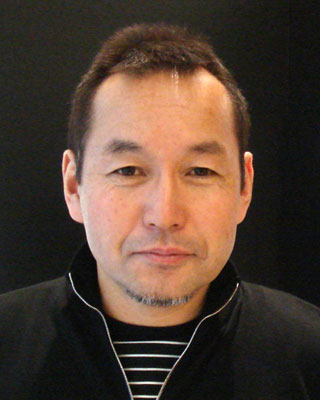Hiroshi Watanabe is a California-based Japanese photographer. Born in Sapporo, Hokkaido, Japan in 1951, Watanabe graduated from the Department of Photography of Nihon University in 1975 and moved to Los Angeles where he worked as a production coordinator for Japanese television commercials and later co-founded a Japanese coordination services company.
He obtained an MBA from UCLA in 1993, but two years later his earlier interest in photography revived; from 2000 he has worked full-time at photography.
After five self-published books, Watanabe's first to be published conventionally was I See Angels Every Day, monochrome portraits of the patients and other scenes within San Lázaro psychiatric hospital in Quito, Ecuador. This won the 2007 Photo City Sagamihara award for Japanese professional photographers.
In 2005, a portfolio of his work was featured in Nueva Luz photographic journal, volume 10#3. In 2007 Watanabe won a "Critical Mass" award from Photolucida that allowed publication of his monograph Findings.
Watanabe's works are in the permanent collections of the
Houston Museum of Fine Arts,
George Eastman House and Santa Barbara Museum of Art.
Galleries
Benrubi Gallery
Photo-Eye Gallery
Takeda Art
Micheko Galerie
Utopica